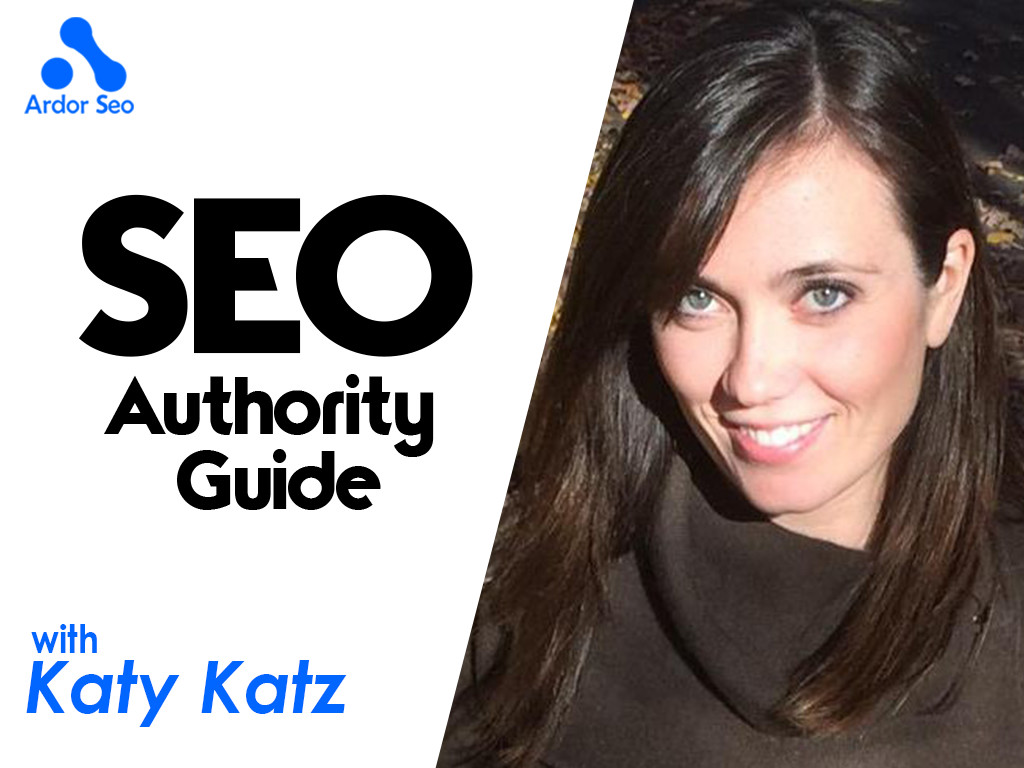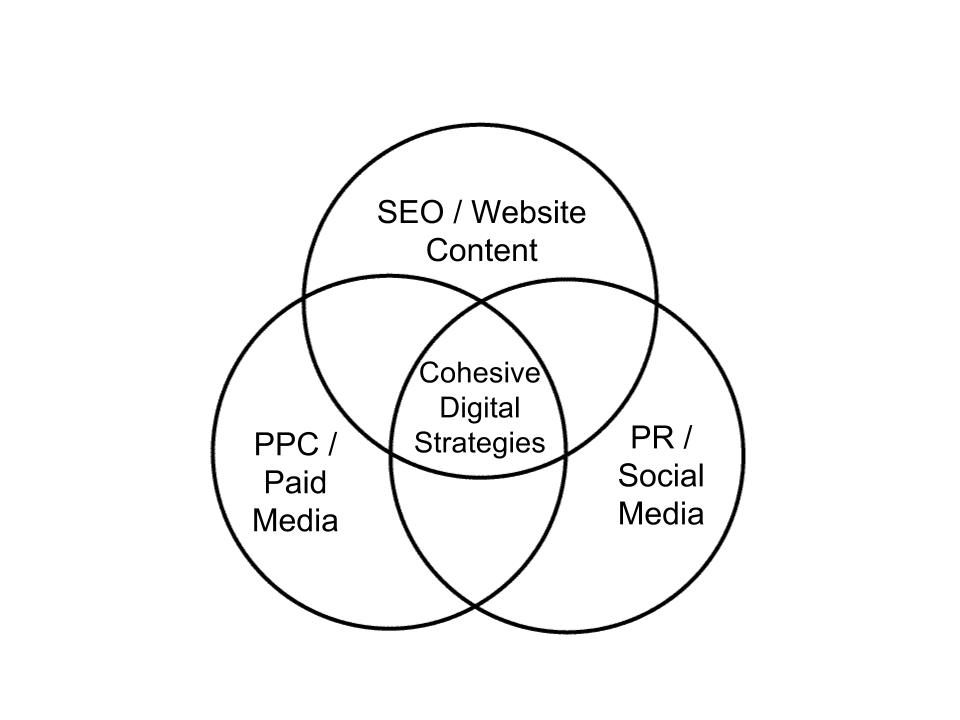
By Katy Katz, Content Director / Accounts, Inturact
There is an old proverb: “If a tree falls in a forest and no one is around to hear it, does it make a sound?”
Digital marketing is different than traditional marketing and advertising. You have to pull the people to you one way or another, whether it’s organically or through paid avenues. You are not paying to be placed in a commercial in front of millions of people or have your message paraded on a billboard in front of the entire city during the rush hour commute.
While there are millions of people online, no one besides your mother will see the content on your website unless you prioritize efforts to get it seen.
This is precisely why content marketing cannot live in a vacuum.
I often get asked whether my focus is in content marketing or SEO. And this question surprises me because you can’t really do either of them separately. Or at least not well. The success of one depends upon the other.
Quality Content Marketing Requires SEO & More
Technical SEO is a strategic component of an inbound content marketing strategy. And more and more, other digital marketing strategies are directly impacting the success of content marketing as well. In fact, if you were to put it in a diagram, the world of digital marketing is actually starting to look more like this:

You can’t really build a website without content, and experts agree that strategic content marketing remains the best way to build authority and rankings within the search engines. But what do you need exactly for your content marketing to be “strategic”? And how do all of those other components fit in?
Keywords be like ...
Spammers ruin a lot of good things for us. Comments, email marketing, keywords, and even technical SEO have all been abused by people looking for ways to hack the system and trick their way into authority and ultimately revenue.
Though people have misused keywords by stuffing them where they don’t belong and vomiting them around their website, at the end of the day, they are still necessary. Keywords are the most efficient and effective way to tell Google what your content is about.
Identifying a strong long-tail keyword and including it (naturally) within the body of your content, headlines, meta description, and alt-text will ensure that the robots understand your content as well as the people.
Leaving us with this question. Is this SEO or content marketing? When in fact, it’s actually both. Optimizing your content for the search engine crawlers is like building the roads that people will use to get to the forest so they can hear your tree fall.
The trickiest part is to optimize your content for search engines, while maintaining its natural readability and, well, keeping it interesting to read! A good rule of thumb is to pick a keyword that drives your strategy, do your research, but then write freely. You can then apply SEO checklists to the content afterwards.
Extra, Extra … Who Needs Newsies When You Have Digital Distribution
Your trip to the forest should never stop at laying the cement for the roads and a solid content marketing strategy should never stop at publish. You need to get the people to you! Enter distribution.
Distribution has a lot of benefits. You can spread the world to your evangelists through social media, or “borrow” other people’s audiences to get more eyes on your content. And if done well, hopefully even acquire some of those juicy links technical SEOs are always raving about.
Distribution lights a fire under people to get them to your forest. It helps spread the word about your new content and ensures no tree falls alone.
Content marketing distribution should include:
- Share, share, share to social media. Studies show that you should recirculate content on your social media accounts many times in the days, weeks, and even months after it’s published. Recirculation ensures more eyes on your content who may have missed it the first time around.
- Distribute on forums and communities. Depending upon your niche, there are a ton of places on the web where like-minded people come together with the sole purpose of learning from each other. They are actually looking for content to read about in your industry. For example, if you work in marketing, Inbound.org or Growth Hackers are great places to read about what others marketers are writing as well as share your own work. If your industry is more specific, check out vertical-focused forums like SaaS.Community.
- Engage your network. It may feel like overkill at times, but that’s what a good network is for! Remember, your job is nowhere near done when you hit publish. A content marketing strategy must include thorough distribution and emailing or messaging your Slack community is low-hanging fruit for helping spread your content further.
ow is this search engine optimization you ask? The search engines see how much traffic is coming to your site. If your content is “popular” and getting page views and social shares, Google will notice. Plus, as an added bonus, you may pick up a few links with your network citing your work, which we all know scores big with search engines.
Out with the old, in with the old
Another key benefit of integrating your search and content strategies is the optimization of your existing content. One of the first things an SEO expert will do when auditing your website is to run through your headlines, meta descriptions, and other key pagerank factors to determine how well you’ve optimized your past content.
There are a ton of great resources out there about how to run an SEO audit. But take a look at this one from Neil Patel and this one from Moz to get you started.
Use this information to not only drive future strategies but to clean up old blog posts and content you’ve already done the leg work in. That is another way to get quick wins for your content strategy based upon SEO data.
The Power of Content Optimization
Whether you have a large company with dozens of people in your marketing department, or you’re manning the whole thing on your own, you can no longer run your content and SEO strategies in a silo. Doing so is a disservice for both and your overall success with digital marketing.
People have separated these two as pillars for many years. And you can see why when you think about it. There is typically a pretty big difference between the types of people who are attracted to technical SEO vs. content marketing roles, too. SEO is seen as logical, fact-based work where content marketing is perceived as more of a creative outlet.
I’ve known many experts in both realms who actually feel that they can’t be good at one if they are good at the other. But that’s just not true anymore. SEO and content marketing need each other for your digital marketing strategy to be truly optimized. No more silos. Let’s all get some kumbaya going!

Katy Katz
Content Director / Accounts in Inturact
Katy has interactive marketing experience spanning across the higher education, healthcare, technology, and small business communities. She has spoken at numerous events throughout the U.S. on content marketing, social media, and brand personalization.


